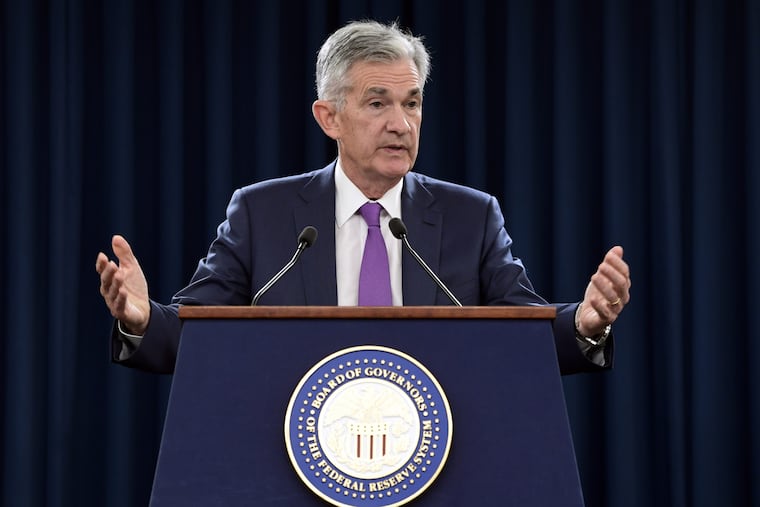Economist: Don’t blame the Fed for recent stock market woes
Because we all know that investors are never wrong, declines in the markets have to be caused by outside actors. And as usual, the Fed is being named the bad actor.

Recently, the stock markets took a beating and fingers started pointing. But instead of investors looking inward, they did what they usually do: They blamed someone else. In this case, it was the Federal Reserve and Chairman Jerome Powell, in particular. But if the markets start fading, don't pin it on the Fed.
Currently, we are in one of the longest, if not the longest, bull markets since the end of World War II. So, when there is a breathtaking drop, fear starts to set in.
Since we all know that investors are never wrong, declines in the markets have to be caused by outside actors. And as usual, the Fed is being named the bad actor.
To some extent, that makes sense. Recessions have frequently been preceded by the Fed jamming on the monetary brakes too hard. But this is not the case now.
First, let's remember why the Fed is raising rates: The financial crisis and Great Recession forced rates down to historically low levels. Even after eight increases, the funds rate is still extremely low, on a historical basis.
All the Fed is doing is raising rates to more normal levels so it has some ammunition to fight the next recession, whenever it may come. The only way that is a problem is if the economy is so fragile it cannot handle normal rates. It isn't.
But that is not all the Fed is doing. It pumped vast amounts of liquidity into the system through its policy of Quantitative Easing.
With the economy now in great shape, it doesn't need the Fed's assistance. So, the Fed has started draining those funds in order to have capacity to add liquidity when the next recession hits.
That policy change, though, has implications. The Fed helped get the bull market going and kept it going. The liquidity was supposed to go into the real economy, but a lot wound up in the financial markets, driving up asset prices. The opposite is now happening.
Despite the risks, the Fed is sending the message that it is time for the economy and the markets to stand on their own. They no longer need the drugs of low interest rates and massive liquidity.
The Fed is doing what it is supposed to do. It has a dual mandate, not a triple mandate. Its job is to maximize employment and keep prices stable.
It isn't the job of the Fed to hype the equity markets. There is no mandate to maximize returns to investors.
That is not to say the Fed doesn't monitor the markets. A rising market improves household and business confidence. Higher stock prices create "wealth effects" that add to the willingness to spend and invest. A falling market does the opposite.
But the monetary authorities understand that markets go up and markets go down. As long as the movements are not extreme, the Fed doesn't have to be greatly concerned – and they should not be.
So, what is going on?
Here are my thoughts. First of all, valuations may be unrealistic. Yes, growth is great right now, but markets are supposed to look forward and most economists expect the expansion to moderate soon. Maybe too many investors believe the forecasts of 3 percent growth for the next decade are realistic and have been willing to look past potential signs of a slowdown.
Then there are the many headwinds facing the markets. Besides the likely deceleration in economic growth, there is the probability of rising interest rates, reductions in liquidity, rising inflation from the tax cut-hyped growth, rising wages from the tight labor markets, increasing business costs from trade issues, uncertain world growth, and, ultimately, earnings numbers that have the hurdle of comparisons with tax cut-hyped 2018 profits.
Those are enough reasons for investors to start worrying.
That doesn't mean we are headed into a bear market. Even if the Fed raises rates next year, it will not be hitting the brakes. The tax-cut sugar high could take another year to wear off. The trade battles that are creating uncertainty about world growth could be quickly resolved or eased. And growth could moderate enough to limit the rise in inflation.
Chair Powell is not trying to kill the golden goose. He is simply carrying out the Fed's mandate.
Investors should start looking at the economy, inflation, interest rates, and corporate earnings through realistic eyes and make their decisions on where the markets are going based on fundamentals, not hopes – or fears.
And stop blaming the Fed.